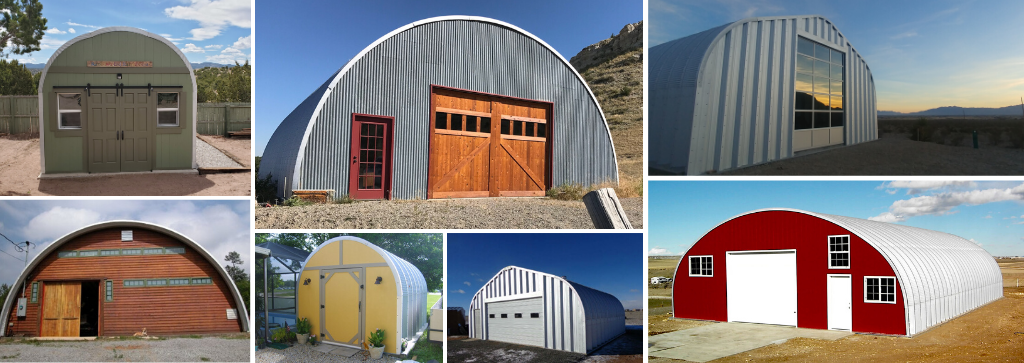
A guide to storing, packing, and shipping your inventory
Scaling a business can be difficult when there are a lot of moving parts to consider. Here’s a short guide on the fulfilment stages of a retail operation, to support your storage, packing, and shipping process.
Securing a safe space to store
Where are you storing your inventory? If you’re dealing with small products, a garage might be more than enough space for you. If you’re dealing with pallets or heavy items, you may need to seek out a fulfilment centre or rent space in a distribution warehouse with loading docks. You could even invest in a steel building kit, as a long-lasting structure, that gives you room to grow into.
There are a lot of options, from self-storage to third party logistics facilities, so research what the best, most cost-effective option is for your operation. Consider location too, so that you’re making the transition of goods from wherever you buy them from, to their new location, as easy as possible.
Security is a very important aspect to consider when choosing your storage space – your inventory is a company asset and needs to be protected as such, with insurance and anti-theft measures.
Now your stock is both safe and stored, you can streamline your approach to packing.
Picking and packing processes
A good place to start when looking at your picking and packing process is to understand what your best selling and highest value products are. Then place these closest to your packing station, so that the items you or your team are consistently picking, are most readily available.
You can separate your inventory in the following way;
- Your highest value and most frequently bought
- Sold often but not as valuable as (A)
- Less popular and less valuable
- Excess and obsolete stock
This should give you an idea of what should be closer to the final packaging area and will save you time. You can even go further with this as your business grows, by identifying items that are frequently bought together and ensuring that they are close together for picking.
When it comes to packaging your items, keep it simple with the three Ps:
- Packing desk – have a solid and sturdy desk with all packing materials close to hand, tidied underneath or attached on rollers so that this task is more streamlined.
- Protection – create a few options for protective packing materials (air cushions, foam pellets or bubble wrap) so that you have different protection for varying parcel sizes.
- Printer – invest in a good quality printer for all labelling and invoicing, as you’ll need something cost-effective and good quality to ensure the best service for your customers.
Sending and shipping
Most small businesses will be operating merchant shipping, where you and your team handle all packing and shipping in-house. You have much more control over the quality of output this way. Different courier companies will have different rates depending on;
- Parcel size
- Package weight
- Your warehouse address
- Destination address
So do your research and find out which courier can work best with your products.
But when you’re processing over 100 orders a month, you might want to consider growing your warehouse and team, or a third party fulfilment option – they can handle everything for you, as well as international delivery and safer storage.


